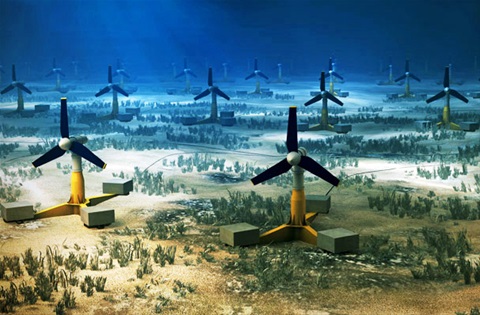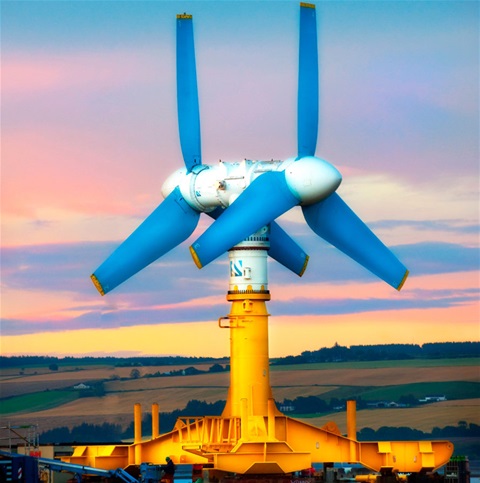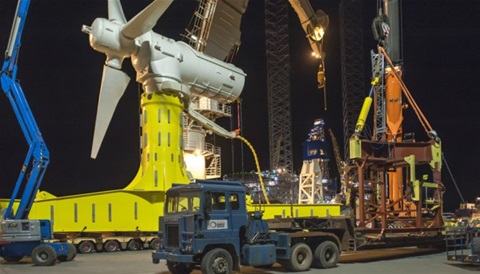Nuclear Energy
A fissile nuclear power station is a very expensive and dangerous Kettle.
The steam [super heated] forces its way along high pressure piping and pushes a rotor turbine that spins the core of a number of big heavy cylindrical magnets that excite and line drive the electrons contained in spools of cooper wire.
The steam is produced by fissile [overloaded neutrons emitting] atomic material compounded into a semi-stable metal. So long as the ‘rods’ of metal [isotopic/radioactive] are kept cooled they emit/radiate controlled heat. However their natural state or desired natural objective [in physical terms] is to become liquid and fiercely hot. Hot enough to melt cobolt/carbide steel, concrete [no matter how thick] and the rock below or even Granite that it will melt and sink down through towards the core of the gravitational centre of the planet and on its way it will encounter water. As soon as super hot meets underground super cool liquid water a high pressure violent exchange takes place. Boiling water diffuses the liquid amalgam into itself to make a superheated expanding metallic isotope in steam that heads for the weakest direction available – Up and into the local [and rotating] atmosphere...
In order to prevent the above scenario, a material is place under the melted rods that adds to the mix to create another amalgam to re-solidify the melted rods to prevent the meltdown – The hope is that only a small dead zone will be resultant.
Nuclear power stations for safety reasons are located next to reliable sources of water. This for availability is mostly not located around elevated scenic lakes but at sea level. In the case of Hinkley, on the Severn with its tidal bores.
As we all know [and agree] climate change is accelerating exponentially faster than predictions.
The likely hood of a [beyond design limit] storm surge occurring during the lifetime of the Hinckley plant [is looking likely early and multiple] is above a low risk chance and may create a multiple events status.
Due to Hincley being sited on a soft tidal grounding, the heavy foundation may experience critical hydrolic submarine erosion, resulting in a subsidence tilt to the station [reactor and cooling sysstems] putting the station beyond opperational function and at a secondary risk [flooding with solids damage as a first event] risk of a meltdown.
Nuclear power stations cost a lot of money in three ways: 1. The build requirements are complex and intensely expensive. 2. The operation costs require high salaries for highly qualified operators of all types and the cost of the redundant fail safes are the most expensive insurance premiums known. 3. Decommissioning amounts to an average of a third of the cost of overall station life spans.
The revenues collected from sales is variable and often [as is to date] has to be subsidised.
The cost of a critical station failure puts the cost loss into freefall for the station and any surrounding damage cost not to mention the health and political damage.
Hinckley-C is a matter of when and how bad, not if.
Back in the 1970's the knowledge, science, technology and engineering ability was in place and ready for a tidal energy development drive but fossil fuel ease, money and power had the ear of the governments and government [UK] liked all of the numbers and being at the vanguard of nuclear technology development.
Nuclear power is dangerous, very very expensive, a danger to health and a liability towards execerbating climate changes globally.
Energy supply has to be the best plan for a Long-Term Safe Supply that could not cause death to people, the enviroment and energy supply and is cost effective. Tidal should be the number one investment for the most reliable constant supply of UK energy.


